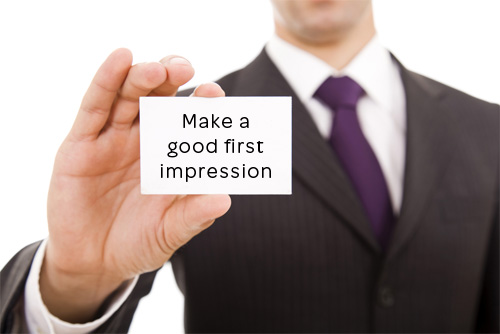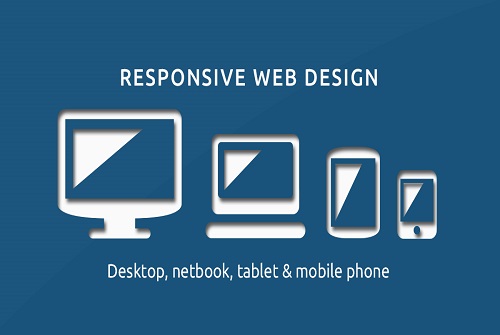It can’t have escaped your attention that an increasingly large amount of your guests use the web to book their stay with you. Over the next few years, that number -no matter how high it is at the moment- is only likely to increase as more and more business and leisure travellers use the web as their primary means of planning a trip.
It’s for this reason that ensuring that your hotel web design is more than up-to-standards. Let something slide, ignore a particularly key element, and you may well find that your website falls out of favour, not only with the search engines visitors use to find you, but with your visitors themselves.
Whether you’re building a brand new website, or simply looking to take stock of your existing online presence, Pacific Infotech’s hotel digital marketing specialists offer their guide to the five key elements your hotel’s website absolutely needs if you’re to succeed in today’s online world.
The Right First Impression
 They say you only get one chance to make a good first impression. Online, that one chance lasts literally seconds. Fail to strike the right chord with your visitors, and they are unlikely to stick around for very long.
They say you only get one chance to make a good first impression. Online, that one chance lasts literally seconds. Fail to strike the right chord with your visitors, and they are unlikely to stick around for very long.
Of course, creating a good first impression online is about much more than having a quality design and sparkling content. It’s about ensuring that said design and content are purposefully made to appeal to the right audience.
Are you a young, hip boutique catering to the backpacker and young traveller market? Are you an upmarket, five star resort frequented by high powered business executives? The moment your visitors land on your site, they should be able to determine exactly what kind of hotel you are, and, ultimately, whether you’re the right fit for their individual travel requirements.
Clear, Quality Visuals
Let’s not forget that the end goal here is to persuade visitors to book a room at your hotel. What better way to do that than to actually show those visitors your hotel, to encourage them to vividly imagine what a wonderful time they’re going to have and how comfortable they’re going to feel as they browse through photo galleries or watch your latest video tour.
Make no mistake about it, this is not the time to break out your iPhone camera and snap a few quick pics, nor will a bunch of stock photos cut the proverbial mustard. Rather, it’s time to invest in a professional photographer and create a catalogue of strong, high quality visuals you can use to really sell your hotel.
A Booking Engine Which Blends in With Your Design
Your booking engine lies at the very heart of your hotel website, serving as the tool through which you’ll convert the majority of those visitors into paying guests. As such, it’s tempting to place user-facing booking forms front and centre, dominating your entire site.
There are two reasons why this is essentially a bad idea.
For one thing, it is likely to annoy your visitors, for another, it detracts from important information that could help them make an important, informed decision about the type of accommodation they book from you.
A far better solution is to look for ways that you can effortlessly blend your booking engine in with the rest of your hotel web design, having those online forms complementing, rather than clashing with, content and other design features.
Social Proof
There’s a reason why travel review websites like TripAdvisor have become such a hit in recent years; customers placer a higher value on the opinions of their peers than they do your sales literature.
If you’ve ever read customer reviews on any product or service yourself, you’ll likely know just what an important tool they can be for influencing your decision making.
This is why it’s such a good idea to include customer testimonials and positive reviews on your website. You may already do this, albeit on a separate page that visitors have to actually track down and look for. A far better approach is to actually integrate them into your hotel web design, such as in a banner across the homepage, or at the end of the main content on individual pages.
Responsive, Mobile Optimised Design
 We’ve already discussed how more and more customers will be using the web to access information about your hotel and ultimately make a booking. What’s important to note here, is that the majority of them will be doing so via their smartphones and tablet devices.
We’ve already discussed how more and more customers will be using the web to access information about your hotel and ultimately make a booking. What’s important to note here, is that the majority of them will be doing so via their smartphones and tablet devices.
As such, it’s critical that your website not only looks good, but functions perfectly on those devices.
As we discussed in our recent look at the biggest technology trends coming this way in 2017 , many businesses are now opting for a mobile-first approach to web design, something you may well benefit from considering if you’re planning to build a new hotel website in the near future.
Need more advice or hands-on support with building your next website? Our hotel digital marketing team are here to help. Contact us online today to arrange your free consultation, or call now on 020 313 76707.



